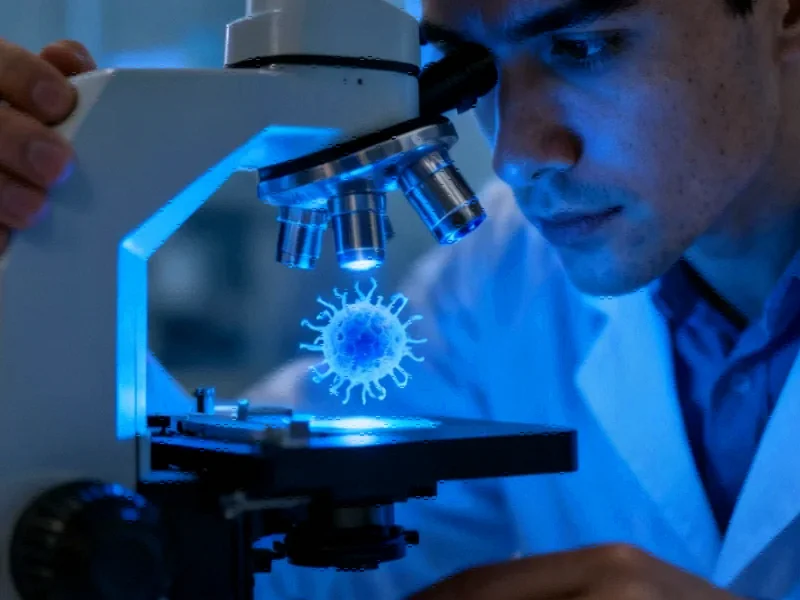The Critical Need for Halogen Chemistry in Machine Learning
Machine learning interatomic potentials (MLIPs) represent one of the most promising developments in computational chemistry, offering the potential to dramatically accelerate drug discovery and materials design. These sophisticated models learn from quantum chemical data to predict molecular energies and forces, enabling simulations of chemical processes at scales previously unimaginable. However, their effectiveness is entirely dependent on the quality and diversity of their training data. While significant progress has been made in developing quantum chemical datasets, a glaring gap has persisted in the representation of halogen chemistry—despite halogens appearing in approximately 25% of pharmaceutical compounds and countless materials applications.
The limitations of existing datasets become particularly problematic when considering the unique properties of halogen atoms. Fluorine, chlorine, and bromine exhibit distinct electronic characteristics, polarizability patterns, and bonding behaviors that significantly influence molecular interactions and reactivity. Traditional datasets like QM7-X contained fluorine in less than 1% of structures, while even more comprehensive collections like ANI-2x, though including both fluorine and chlorine, primarily focused on equilibrium configurations rather than reactive processes. This deficiency has hampered the development of MLIPs capable of accurately modeling halogen-specific phenomena, from halogen bonding in transition states to the mechanistic patterns of halogenated compounds during reactions.
Introducing Halo8: A Quantum Leap in Reaction Pathway Data
Halo8 emerges as a comprehensive solution to this longstanding challenge. Through systematic incorporation of fluorine, chlorine, and bromine chemistry into reaction pathway sampling, this dataset represents a paradigm shift in how we approach computational chemistry training data. The scale of Halo8 is unprecedented in halogen chemistry—comprising approximately 20 million quantum chemical calculations derived from 19,000 unique reaction pathways. All calculations were performed at the ωB97X-3c level, providing accurate energies, forces, dipole moments, and partial charges essential for training robust MLIPs.
What truly distinguishes Halo8 is its methodological innovation. By building upon the reaction pathway sampling (RPS) framework initially developed for Transition1x, Halo8 moves beyond the limitations of equilibrium-focused datasets. While traditional approaches capture only local minima and their immediate perturbations, RPS systematically explores potential energy surfaces by connecting reactants to products. This methodology captures not just minimum energy pathways but also transition states, reactive intermediates, and bond-breaking/forming regions—precisely the configurations most relevant to understanding chemical reactivity.
Computational Breakthroughs and Practical Applications
The development of Halo8 was made possible by a multi-level computational workflow that achieved a remarkable 110-fold speedup over pure density functional theory (DFT) approaches. This dramatic acceleration transforms what was previously computationally prohibitive into a practical, scalable solution for generating comprehensive reaction data. The dataset strategically combines recalculated Transition1x reactions with new halogen-containing molecules from GDB-13, employing systematic halogen substitution to maximize chemical diversity while maintaining computational feasibility.
The implications for pharmaceutical research are particularly significant. As recent biomedical advances demonstrate, understanding molecular interactions at the quantum level can unlock new therapeutic possibilities. Similarly, in materials science, the ability to accurately model halogen chemistry opens doors to innovations in organic electronics, polymers, and catalytic systems. These developments parallel other transformative approaches to materials discovery that are reshaping the field.
Broader Impact on Chemical Research and Development
The release of Halo8 arrives at a critical juncture in computational chemistry, as researchers increasingly recognize that the limitations of MLIPs often stem from dataset deficiencies rather than algorithmic shortcomings. By specifically addressing the halogen gap, Halo8 enables the development of MLIPs that can accurately model both equilibrium properties and reactive processes involving fluorine, chlorine, and bromine. This capability is essential for advancing drug discovery, where halogen atoms frequently serve as key modifiers of bioavailability, metabolic stability, and target binding.
The dataset’s comprehensive nature also supports the growing trend toward advanced manufacturing techniques that require precise molecular-level understanding. Furthermore, as the field progresses, we’re seeing increased integration between chemical databases and AI-driven analytical tools across scientific disciplines.
Future Directions and Complementary Innovations
Looking forward, the methodology underpinning Halo8 establishes a template for addressing other chemical gaps in MLIP training data. The efficient reaction pathway sampling approach could be extended to other underrepresented elements or chemical environments, progressively expanding the chemical space accessible to accurate machine learning simulations. This expansion aligns with broader mathematical innovations that are enhancing our ability to model complex systems.
The strategic importance of comprehensive chemical databases is increasingly recognized across the research community. As highlighted by recent database developments, bridging information gaps in chemical space is essential for accelerating discovery cycles. Halo8 represents a significant contribution to this ecosystem, providing the foundational data needed to train next-generation MLIPs that can reliably predict the behavior of halogenated compounds across pharmaceutical, materials, and catalytic applications.
As the field continues to evolve, the integration of comprehensive datasets like Halo8 with emerging computational approaches promises to transform how we discover and design molecules. These scientific breakthroughs demonstrate the power of combining extensive data with sophisticated modeling techniques to address previously intractable challenges in molecular design and prediction.
This article aggregates information from publicly available sources. All trademarks and copyrights belong to their respective owners.
Note: Featured image is for illustrative purposes only and does not represent any specific product, service, or entity mentioned in this article.



